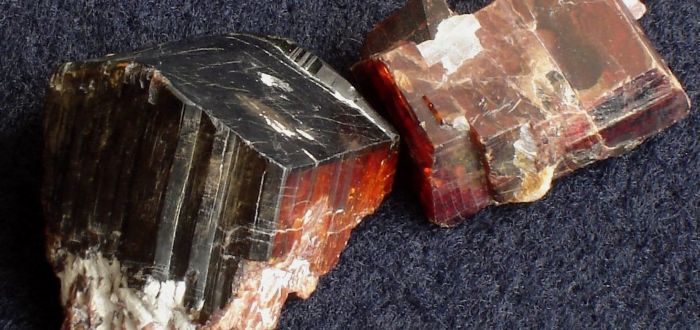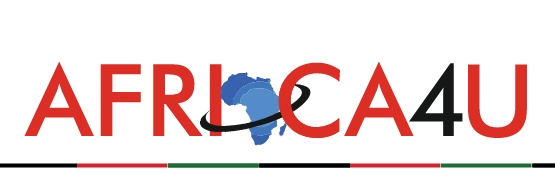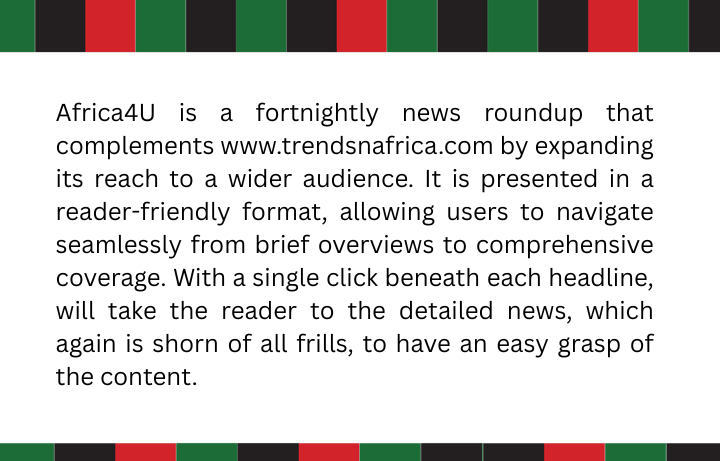(3 Minutes Read)
As the U.S. spearheads peace talks between Congo and Rwanda, Congo’s President Felix Tshisekedi has sought out a deal with the Trump administration, offering mineral access in return for American support in quelling the insurgency and boosting security.
Rubaya lies in the heart of eastern Congo, a mineral-rich part of the Central African nation which for decades has been ripped apart by violence from government forces and different armed groups, including the Rwanda-backed M23, whose recent resurgence has escalated the conflict, worsening an already acute humanitarian crisis.
As the U.S. spearheads peace talks between Congo and Rwanda, Congo’s President Felix Tshisekedi has sought out a deal with the Trump administration, offering mineral access in return for American support in quelling the insurgency and boosting security. While details of the deal remain unclear, analysts said Rubaya might be one of the mining sites which fall under its scope.
The Rubaya mines have been at the center of the fighting, changing hands between the Congolese government and rebel groups. For over a year now, it has been controlled by the M23 rebels, who earlier this year advanced and seized the strategic city of Goma and Bukavu in a major escalation of the conflict. Despite the country’s exceptional mineral wealth, over 70% of Congolese live on less than US$2.15 a day.
For the men working in the Rubaya’s mines, who rely on the mining for their livelihoods, little has changed over decades of violence. The mines produce coltan — short for columbite-tantalite — an ore from which the metals tantalum and niobium are extracted. Both are considered critical raw materials by the United States, the European Union, China, and Japan. Tantalum is used in mobile phones, computers, and automotive electronics, as well as in aircraft engines, missile components, and GPS systems. Niobium is used in pipelines, rockets, and jet engines.
Read Also:
https://trendsnafrica.com/south-african-troops-to-withdraw-completely-from-drc/
Congo produced about 40% of the world’s coltan in 2023, according to the U.S. Geological Survey, with Australia, Canada, and Brazil being other major suppliers.
According to a U.N. report, since seizing Rubaya in April last year, the M23 has imposed taxes on the monthly trade and transport of 120 tonnes of coltan, generating at least USD 800,000 a month. The coltan is then exported to Rwanda, U.N. experts said. But even before M23 seized control of the mine, analysts said that the mineral was sold to Rwanda, the only difference being that it was done through Congolese intermediaries.
Congo is the world’s largest producer of cobalt, a mineral used to make lithium-ion batteries for electric vehicles and other products. But U.S. access is complicated by the fact that Chinese companies control 80% of its Congolese production. Congo also produces gold.





